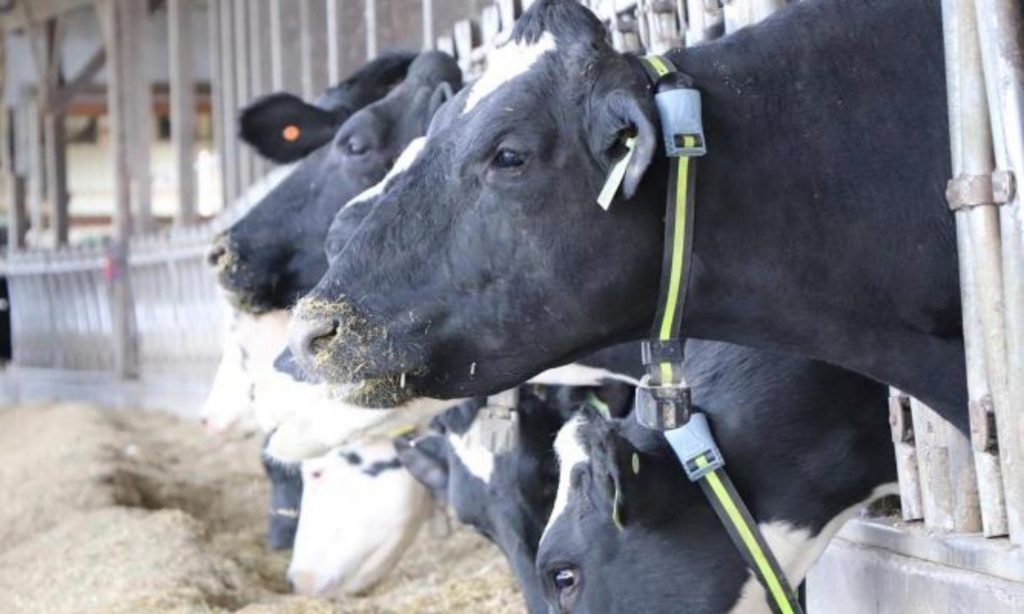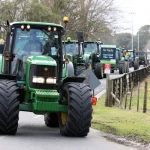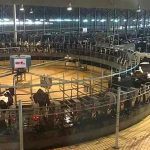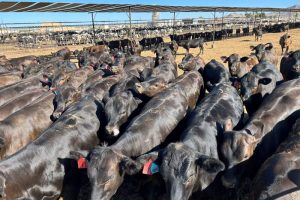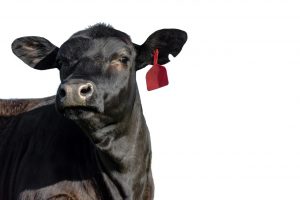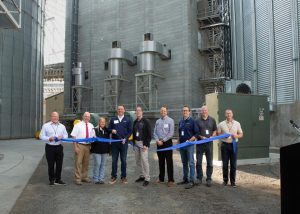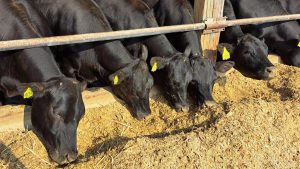
I’ve been in the dairy business all my life. My parents, Pat and Peggy, launched Sustaire Dairy here in Winnsboro, Texas back in 1966, and while I was growing up, they expected me to pitch in wherever and whenever I could. In 1990, I bought 17 heifers of my own to add to our 100-head operation. Today, my son Garrett and daughter Jordan represent the third generation of Sustaire Dairy.
Throughout my nearly 33 years in the dairy business, a lot has changed. There are much larger operations, fewer small family-owned dairies, computerized milking technology and evolving consumer preferences, just to name a few. Another major difference is that dairy cattle have become a regular part of the mix in today’s beef marketing chain.
Most consumers don’t realize that the dairy and beef industries have been working together for years, with dairy steers fed for beef production. In fact, since 2002, the percentage of dairy beef contributing to the total U.S. beef supply has ranged from 18 to 24 percent1. To help the dairy industry benefit from the Beef Checkoff’s promotion, research and education abilities, dairy producers – myself included – serve on the Cattlemen’s Beef Board (CBB), currently holding 12 percent of the seats.
As the dairy climate continues to evolve, the practice of crossbreeding dairy cows with beef genetics is becoming increasingly common. As a result, it’s estimated between 2.5 million and 5 million beef-on-dairy cross calves will be born this year, and those numbers will likely continue at the same level in 20232. In addition to dairy and beef crossbreds, dairy finished steers, cull cows and finished heifers all produce beef for the total supply.
However, some beef producers are concerned that beef-on-dairy crossbreeding has the potential to take market share away from “traditional beef.” As a dairy producer on the CBB, I understand that concern. However, the U.S. dairy herd remains consistent at around 9.3 million head, and dairy producers need a high number of replacement heifers on a regular basis to keep their operations up and running. For those reasons, it’s unlikely that the number of beef-on-dairy cattle will grow to the point that they would impact traditional beef’s dominant position in the marketplace.
While the crossbreeding trend is not significantly changing the number of calves and feeders in the feedyard, what is changing is the quality of the beef these cattle provide. Dairy producers are getting higher market value for those calves, and consumers both here in the U.S. and abroad benefit by having more Choice- and Prime-graded beef available for purchase.
Furthermore, beef-on-dairy crossbreeding can benefit the entire beef industry while also reducing beef production’s environmental impact. Researchers from Cargill and Nestle have recorded these findings3:
- Beef-on-dairy calves provide high-quality beef without impacting milk production efficiencies.
- Feedyard operators enjoy greater access to value-based marketing opportunities because they have more higher-grade beef carcasses available.
- Beef-on-dairy calves also demonstrate greater feed efficiency than purebred dairy calves, decreasing greenhouse gas (GHG) emissions.
I personally believe crossbreeding can be a win for both dairy and beef producers. These crossbred cattle can help the beef industry provide a more consistent supply with even better carcass quality. And with drought and other factors continuing to decrease beef cattle numbers across the country, we need these beef-on-dairy crosses to help answer growing consumer beef demand. Furthermore, the producers I know who have launched their own beef-on-dairy crossbreeding programs tell me it is a positive influence on their cash flow with an animal that is more marketable than the traditional all-dairy breeds.
Dairy producers like me who sell cattle and calves end up paying two checkoffs – the Dairy Checkoff and the Beef Checkoff. Our contributions help further both dairy and beef promotion, research, education and information, driving demand for our products. Ensuring the dairy perspective is represented on the CBB is important, because dairy cattle are a significant part of the beef industry.
Dairy farmers and beef producers are neighbors, and we share the same values, challenges and many of the same opportunities. By working together on the CBB, beef and dairy producers can continue to uncover greater efficiencies that will benefit both industries while providing consumers with more of the high-quality products they want and need.
- Natzke, Dave. “Let’s Put Dairy-Beef Numbers in Perspective.” May 2019. https://www.agproud.com/articles/37713-dairy-cow-slaughter-high-but-let-s-put-dairy-beef-numbers-in-perspective
- Brooks, Rhonda. “Beef-Dairy Crosses Continue to Earn Their Way.” February 2022. https://www.bovinevetonline.com/news/industry/beef-dairy-crosses-continue-earn-their-way
- Cargill/Nestle Dairy Beef Accelerator. https://www.multivu.com/players/English/8959132-dairy-beef-accelerator/
